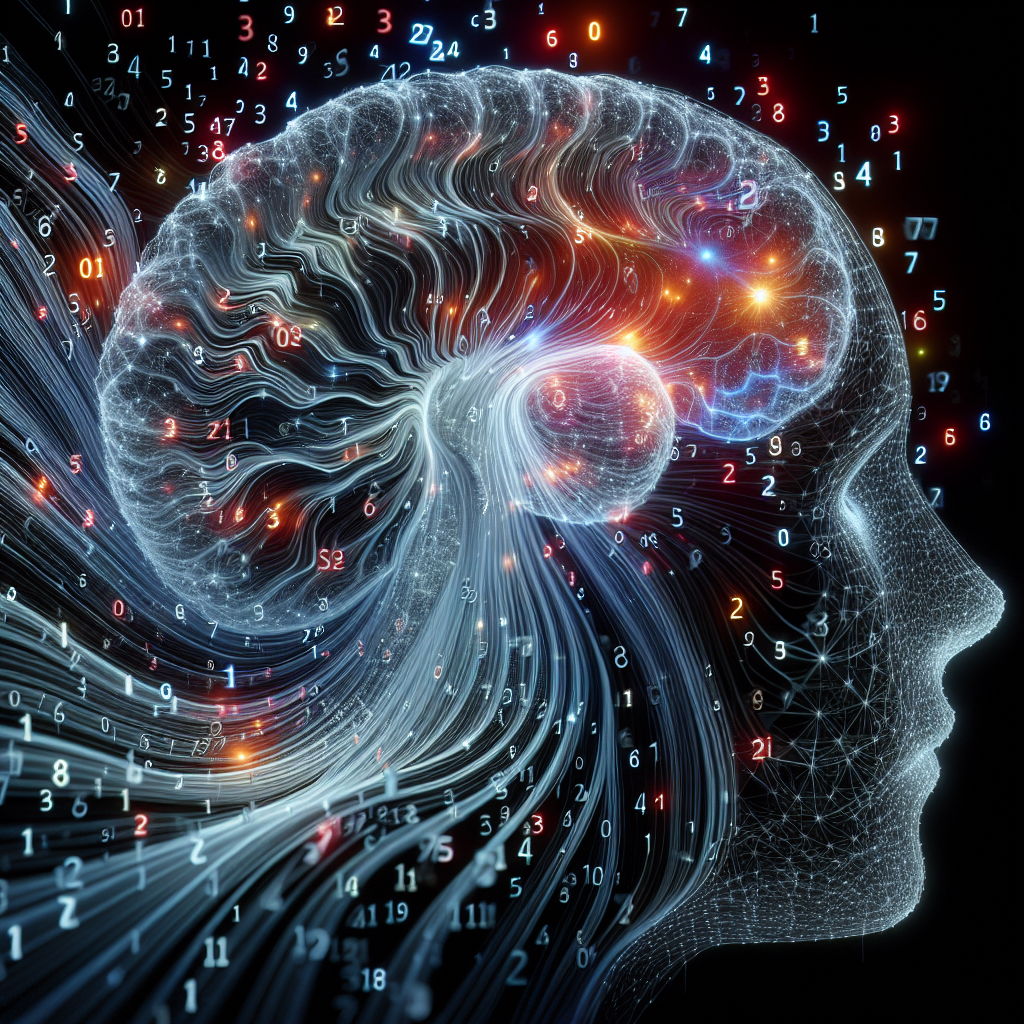The Role of Deep Learning in Big Data Analytics
In today’s digital age, the amount of data that is generated and stored is growing at an unprecedented rate. This explosion of data has led to the emergence of big data analytics as a crucial tool for businesses to gain insights and make informed decisions. Deep learning, a subset of artificial intelligence, has also gained prominence in recent years for its ability to analyze large datasets and extract valuable information. In this article, we will explore the role of deep learning in big data analytics and how it is revolutionizing the way businesses analyze and leverage data.
What is Deep Learning?
Deep learning is a type of machine learning that uses artificial neural networks to learn and make decisions based on data. These neural networks are inspired by the structure and function of the human brain, with interconnected nodes that process and analyze data in layers. Deep learning algorithms can automatically learn from data and improve their performance over time without being explicitly programmed.
Deep learning is particularly well-suited for handling big data because of its ability to process large amounts of data quickly and efficiently. By analyzing complex datasets, deep learning algorithms can uncover patterns, trends, and relationships that may not be immediately apparent to human analysts. This makes deep learning an invaluable tool for businesses looking to extract insights from their data and make better decisions.
The Role of Deep Learning in Big Data Analytics
Deep learning plays a critical role in big data analytics by enabling businesses to analyze large and complex datasets more effectively. Here are some key ways in which deep learning is revolutionizing the field of big data analytics:
1. Improved Data Processing: Deep learning algorithms can analyze and process large volumes of data much faster than traditional methods. This allows businesses to extract insights from their data more quickly and make timely decisions based on real-time information.
2. Enhanced Data Analysis: Deep learning algorithms can uncover hidden patterns and relationships in data that may not be immediately apparent to human analysts. By leveraging deep learning, businesses can gain a deeper understanding of their data and make more informed decisions.
3. Predictive Analytics: Deep learning algorithms can be used to build predictive models that forecast future trends and outcomes based on historical data. By using deep learning for predictive analytics, businesses can anticipate market changes, identify potential risks, and make proactive decisions to mitigate them.
4. Personalized Recommendations: Deep learning algorithms are used by many online platforms to provide personalized recommendations to users based on their browsing history and preferences. By analyzing user data, deep learning algorithms can deliver targeted recommendations that drive engagement and improve user experience.
5. Natural Language Processing: Deep learning algorithms are also used for natural language processing tasks, such as sentiment analysis, text summarization, and language translation. By applying deep learning to text data, businesses can gain valuable insights from unstructured data sources and improve communication with customers.
6. Image and Video Analysis: Deep learning algorithms are capable of analyzing images and videos to extract valuable information, such as object recognition, facial recognition, and image classification. By using deep learning for image and video analysis, businesses can automate tasks that would otherwise be time-consuming and labor-intensive.
FAQs
Q: How does deep learning differ from traditional machine learning?
A: Deep learning is a subset of machine learning that uses artificial neural networks to learn and make decisions based on data. Unlike traditional machine learning algorithms, deep learning algorithms can automatically learn from data and improve their performance over time without being explicitly programmed.
Q: What are some common applications of deep learning in big data analytics?
A: Some common applications of deep learning in big data analytics include predictive analytics, personalized recommendations, natural language processing, image and video analysis, and anomaly detection.
Q: How can businesses leverage deep learning for big data analytics?
A: Businesses can leverage deep learning for big data analytics by applying deep learning algorithms to analyze large and complex datasets, uncover patterns and relationships in data, build predictive models, provide personalized recommendations, and automate tasks such as image and video analysis.
Q: What are some challenges associated with using deep learning for big data analytics?
A: Some challenges associated with using deep learning for big data analytics include the need for large amounts of labeled data, complex model training and tuning, computational resources, and interpretability of deep learning models.
In conclusion, deep learning is playing an increasingly important role in big data analytics by enabling businesses to analyze large and complex datasets more effectively. By leveraging deep learning algorithms, businesses can uncover valuable insights from their data, make more informed decisions, and gain a competitive edge in today’s data-driven economy. As the field of deep learning continues to evolve, we can expect to see even more innovative applications of deep learning in big data analytics that will revolutionize the way businesses analyze and leverage data.

